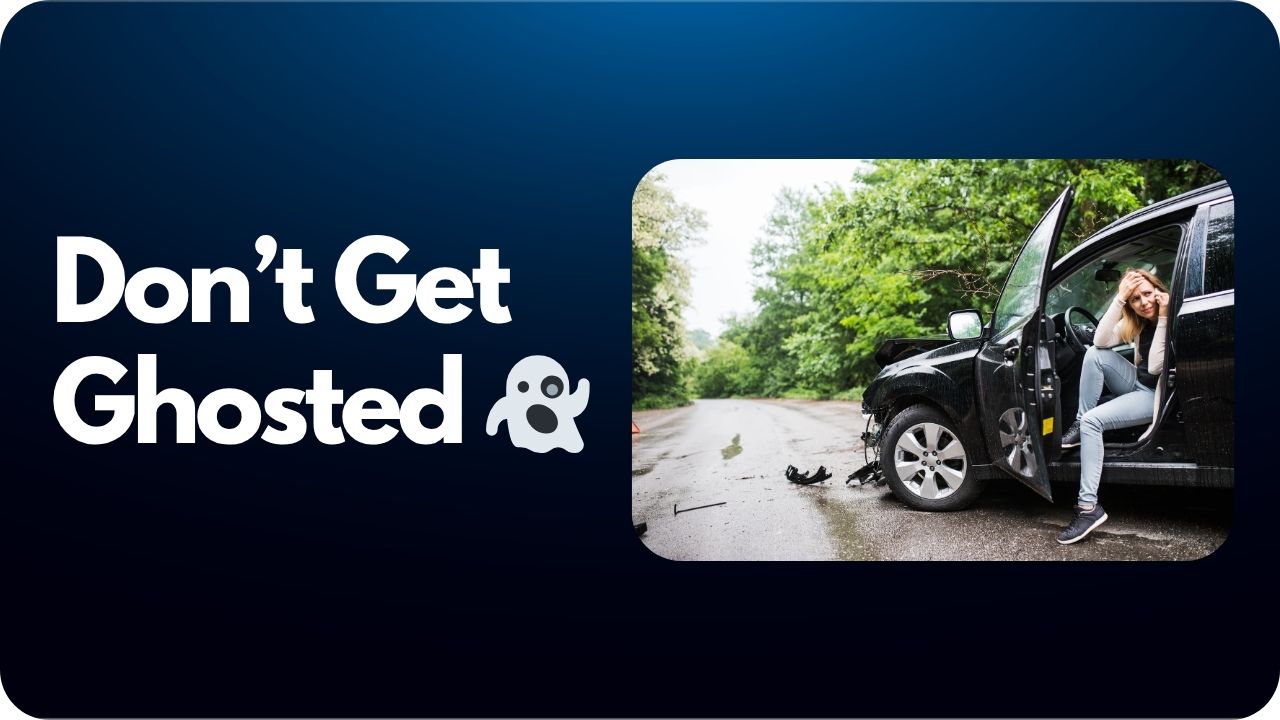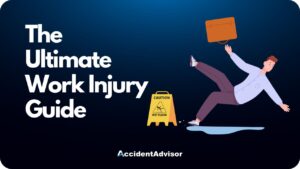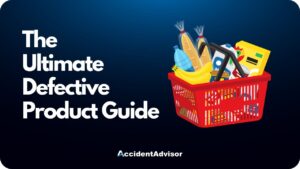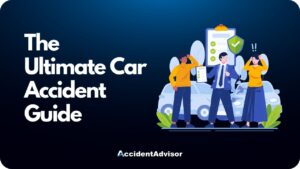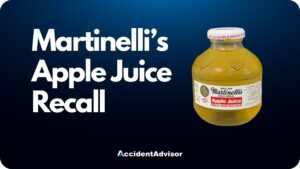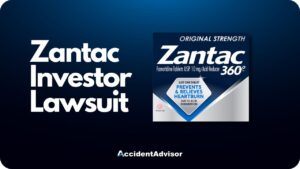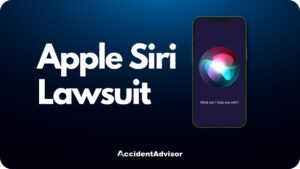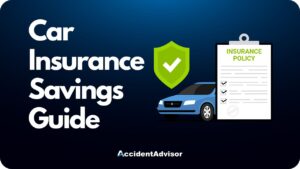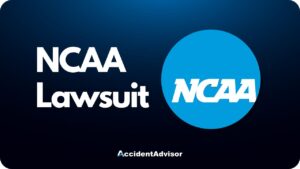Getting into a car accident is stressful enough—but realizing you forgot to get the other driver’s insurance information can make it even worse. Whether the scene was chaotic, the other driver fled, or you simply didn’t think to ask, many drivers find themselves in this situation. The good news? All is not lost. There are still ways to protect yourself, file a claim, and pursue compensation. Here’s what you need to know—and what steps to take next.
1. Stay Calm and Document Everything
The moments after a crash can be overwhelming, but staying calm is key. Even if you didn’t get the other driver’s insurance information, the details you gather now can still help your case.
Start by writing down everything you remember about the accident: the time, location, weather conditions, and how the collision happened. Take photos of the damage to both vehicles, any skid marks, traffic signs, and the surrounding area.
If you can recall anything about the other vehicle—make, model, color, or license plate—write it down immediately. These details may help police or your insurance company identify the other driver later.
2. File a Police Report Immediately
If you didn’t get the other driver’s insurance info, contacting the police becomes even more important. A police report creates an official record of the accident, which can be critical for insurance claims and legal action.
When officers arrive, share everything you remember about the crash and the other vehicle. If the other driver left the scene, make it clear that this may be a hit-and-run. Be honest and detailed—officers may be able to use surveillance footage, witness statements, or vehicle descriptions to track the driver down.
Be sure to get a copy of the report or the report number. Your insurance company and attorney will need it later.
3. Notify Your Insurance Company
Even if you weren’t at fault—and even if you didn’t get the other driver’s insurance details—you should still report the accident to your insurance company right away. Your insurer can open a claim, investigate the incident, and guide you through the next steps.
If the other driver is never identified, your policy might still cover your losses through:
- Uninsured Motorist (UM) Coverage – helps pay for injuries and property damage caused by a driver with no insurance.
- Collision Coverage – pays for repairs to your vehicle, regardless of who was at fault.
Each policy is different, so ask your insurer what types of coverage apply and whether you’ll need to pay a deductible.
4. Try to Track Down the Other Driver
If the other driver left before you could get their insurance info—or if you simply forgot—there may still be ways to identify them.
Start by checking for nearby surveillance cameras. Homes, businesses, or traffic intersections may have recorded the crash. If so, ask the owners if you can review the footage or provide a copy to the police.
You can also post in local community apps like Nextdoor, Facebook groups, or neighborhood forums to ask if anyone witnessed the accident or has video from a doorbell or dashcam.
If you have the license plate—or even a partial number—share it with the police. They may be able to use it to locate the vehicle and its owner.
5. Seek Legal Advice
When the other driver’s insurance information is missing, a car accident lawyer can be a valuable ally. They can help investigate the incident, track down the other driver, and make sure you’re not left paying out of pocket for someone else’s mistake.
An attorney can also help you file a claim through your own uninsured motorist coverage and negotiate with your insurance company to maximize your compensation. This is especially important if you’ve suffered injuries, missed work, or are facing significant repair bills.
Most personal injury attorneys offer free consultations, so it’s worth exploring your options—especially if the case gets complicated.
6. Know Your Rights and Coverage
Many drivers don’t realize that their own insurance may protect them even when the at-fault driver’s information is missing. If you carry Uninsured/Underinsured Motorist (UM/UIM) coverage, it can help pay for your medical bills, lost wages, and car repairs—just like the other driver’s insurance would have.
Here’s what to keep in mind:
- UM/UIM coverage isn’t mandatory in every state, but it’s strongly recommended.
- If you don’t have it, collision coverage may still help cover vehicle damage.
- Some states offer victim compensation funds for hit-and-run or uninsured crashes—check with your state’s DMV or insurance department.
Knowing your coverage can make a big difference in how your claim is handled—and how much financial stress you avoid.
7. Protect Yourself Going Forward
After dealing with the frustration of an accident without insurance info, it’s worth taking steps to protect yourself in the future. The next time you’re in an accident, try to:
- Immediately exchange insurance and contact info with all drivers involved.
- Take clear photos of license plates, ID cards, and damage before anyone leaves.
- Call the police, even if the crash seems minor.
Also, review your insurance policy. Consider increasing your Uninsured/Underinsured Motorist limits if they’re low—it’s often affordable and can be a financial lifesaver in situations like this.
It’s easy to panic after a car accident, especially if the other driver disappears or you forget to get their insurance information. But you’re not out of options. By acting quickly—filing a police report, contacting your insurer, gathering evidence, and speaking with a lawyer—you can still protect your rights and potentially recover damages. Preparation, persistence, and the right support make all the difference when the unexpected happens.

Rocky Horton
Author

